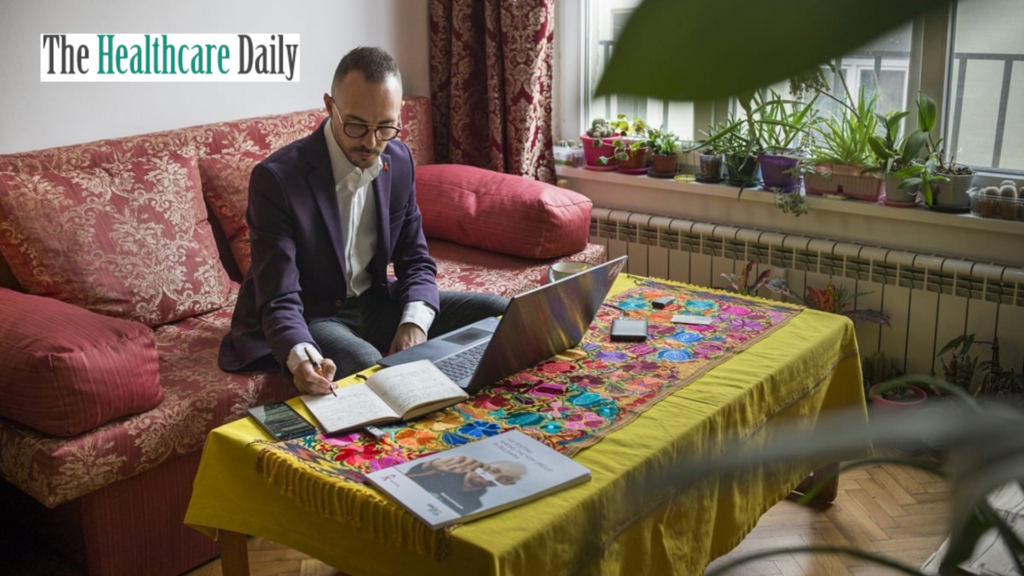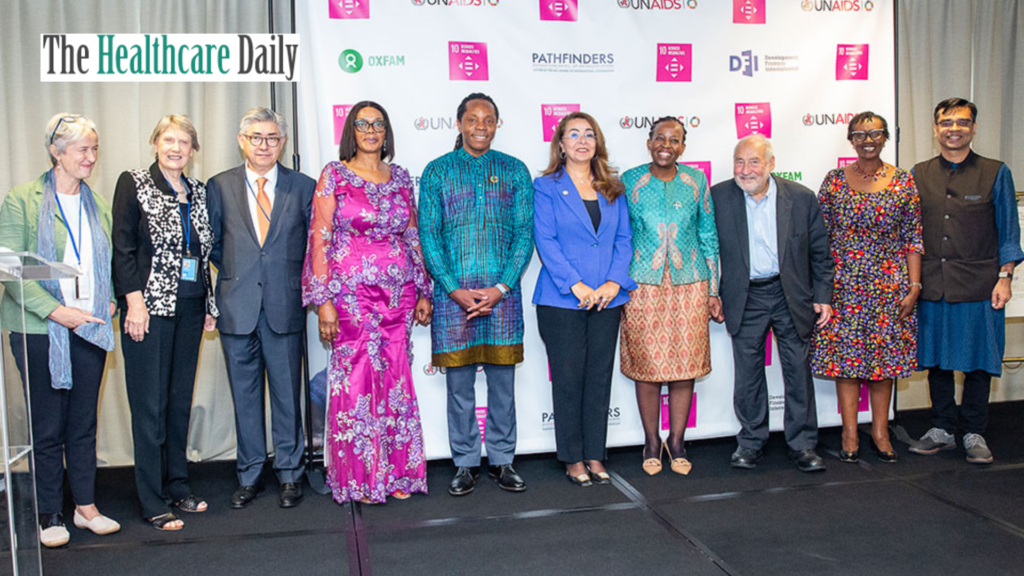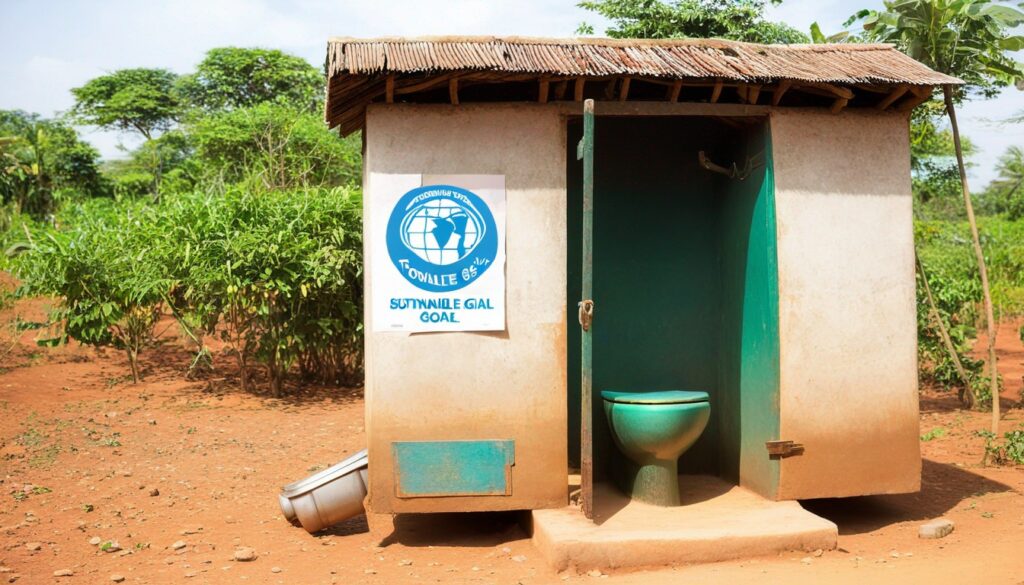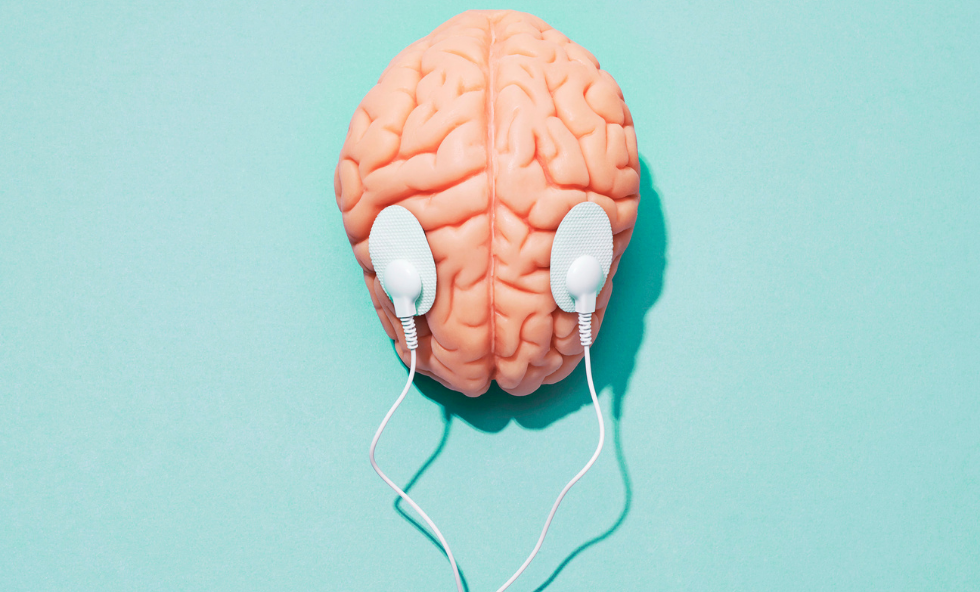In anticipation of World AIDS Day on December 1st, the World Health Organization (WHO) collaborates with global allies to recognize the remarkable resilience, commitment, and innovation demonstrated by community leaders and organizations in combatting the HIV epidemic.
This annual event serves as a platform to honour the contributions made by communities in shaping the response to HIV over the years. Their tireless efforts encompass combating societal stigmatization and discrimination, advocating for affordable interventions, and spearheading community-driven services placing individuals with lived experiences at the forefront of the fight against HIV.
Dr. Tedros, the WHO Director-General, acknowledged, “The activism of individuals living with or affected by HIV has imprinted itself on the world. Their initiatives has facilitated the access of 30 million people to antiretroviral therapy and prevented countless infections. Our solidarity with these communities remains steadfast as we aim to eradicate AIDS as a public health threat by 2030.”
Decades of investment and insights garnered from the HIV epidemic have made broader advancements in both global and national health systems. The response to HIV has fortified healthcare systems, expanding access to services that extend beyond HIV testing and treatment. The investments and infrastructure erected during this response have empowered robust and rapid reactions to various diseases, including COVID-19 and other infectious ailments.
However, despite substantial progress, HIV persists as a pressing global health concern. Approximately 9.2 million people worldwide lack access to necessary HIV treatment. Daily, 1700 lives succumb to HIV-related causes, while 3500 individuals contract the virus, many of whom remain unaware of their status or lack access to treatment.
Innovations in HIV tools, such as a potent once-daily pill for treatment and accessible viral load testing, have increased significant strides. For instance, individuals sticking to prescribed HIV treatment and achieving an undetectable viral load in their blood exhibit zero risk of transmitting the virus to their partners. This monumental achievement, resulting from years of work and investment, underscores the feasibility of the goal to eliminate AIDS as a public health threat by 2030, contingent upon sustained investments and political determination.
Challenges persist, including insufficient funding, criminalization, and constraints imposed on the roles of community advocates, impeding progress made by community leaders and hindering global strides in curbing AIDS. Numerous marginalized communities, including men who have sex with men, transgender individuals, sex workers, people who use drugs, and adolescents, still lack essential access to prevention, treatment, and care services, perpetuating disparities in HIV management.
As the world races against time to achieve this goal in less than seven years, continuous funding for HIV programs is imperative. Such support is crucial for community leaders to reach those affected, bridging the diagnosis and treatment gaps, especially for children living with HIV. This aligns with the 95-95-95 targets, aiming for 95% of individuals with HIV aware of their status, 95% of diagnosed individuals receiving antiretroviral therapy, and 95% of those on treatment achieving suppressed viral loads. WHO reiterates its commitment to collaborating with partners and urging global leaders to prioritize the needs of affected populations.
Dr. Meg Doherty, WHO Director of Global HIV, Hepatitis, and STI Programmes, stressed, “Today and every day, we advocate for global solidarity with communities. The leadership of affected communities has been important in propelling the HIV response despite the legal, economic, and social obstacles they confront.”
The partnership with individuals living with or affected by HIV remains significant for the sustainability and ultimate success of the HIV response. WHO aligns with global partners to commend the indispensable role of communities in bridging the gaps in testing, treatment, and care for those left behind, steering the world towards ending AIDS as a pervasive public health menace.
 source: thehealthcaredaily
source: thehealthcaredaily
Table of Contents
Toggle
- What is AIDS?
- Understanding Immunodeficiency
- Causes that Leads to AIDS
- Diagnosing AIDS
- Social Stigma Surrounding AIDS
- How to Overcome Social Stigmas?
- Treatment for HIV/AIDS
- WHO Efforts for AIDS
- World AIDS Day
What is AIDS?
AIDS, or Acquired Immunodeficiency Syndrome, is a chronic and potentially life-threatening condition caused by the Human Immunodeficiency Virus (HIV). This virus progressively weakens the immune system, leaving the body vulnerable to severe infections and certain cancers. HIV primarily attacks CD4 cells, a crucial component of the immune system, reducing their numbers over time. Without treatment, HIV can advance to AIDS, characterized by a severely compromised immune system. Common symptoms include recurrent infections, weight loss, fever, and extreme fatigue. While there is no cure for AIDS, early diagnosis, access to antiretroviral therapy, and preventive measures significantly improve life expectancy and quality of life for those affected.
Understanding Immunodeficiency
Immunodeficiency Syndrome refers to a condition where the immune system, which is tasked with defending the body against infections and diseases, is weakened or compromised. This impairment leads to heightened susceptibility to various infections, illnesses, and health complications that a healthy immune system would typically fight off. Human Immunodeficiency Virus (HIV) is a common cause of immunodeficiency syndrome, where the virus targets and gradually destroys immune cells, specifically CD4 T cells, weakening the body’s defense mechanisms. This syndrome, if left untreated, progresses to Acquired Immunodeficiency Syndrome (AIDS), marking an advanced stage characterized by severe immune system damage, leaving individuals vulnerable to life-threatening infections and diseases.
Causes that Leads to AIDS
Acquired Immunodeficiency Syndrome (AIDS) primarily stems from the Human Immunodeficiency Virus (HIV) infection. HIV spreads through unprotected sex, contaminated needles, and from mother to child during childbirth or breastfeeding. Risk factors include multiple sexual partners, unprotected intercourse, and intravenous drug use. Lack of access to healthcare, inadequate education, and poverty amplify vulnerability. Other factors, like blood transfusions with infected blood or organ transplants from HIV-positive donors (though rare due to stringent screening), also contribute. Stigma and discrimination impede testing and treatment, exacerbating the global prevalence of AIDS, making awareness, prevention, and access to healthcare critical for combating this disease.
Diagnosing AIDS
Diagnosing AIDS typically involves a series of tests to detect the presence of HIV, the virus causing AIDS. Initially, a blood test screens for HIV antibodies or antigens. Confirmatory tests follow if the initial screening is positive. These involve more sensitive assays like the Western blot or PCR tests to detect the virus directly. Healthcare providers assess symptoms, medical history, and risk factors, emphasizing the importance of voluntary testing. Rapid HIV tests provide quicker results, crucial for immediate interventions. Timely diagnosis enables early access to treatment, reducing transmission risks and improving the quality of life for those living with HIV/AIDS.
Social Stigma Surrounding AIDS
The social stigma surrounding AIDS remains a formidable barrier, perpetuating misconceptions and discrimination against those affected. Despite advancements in understanding the virus, individuals living with HIV still face ostracization, judgment, and isolation due to deep-rooted fears and lack of awareness. This stigma results in reluctance to seek testing, treatment, or disclose one’s status, hindering proactive health management. It impacts emotional well-being, relationships, and employment opportunities, further marginalizing affected individuals. Eradicating this stigma demands concerted efforts in education, advocacy, and nurturing empathy to dismantle societal prejudices, creating a more inclusive and supportive environment for those living with HIV/AIDS.
How to Overcome Social Stigmas?
Overcoming social stigmas linked to AIDS requires collective action and education. Open dialogue and community engagement dismantle misconceptions, fostering empathy and understanding. Advocating for accurate information dispels myths, emphasizing that HIV does not discriminate based on gender, race, or sexual orientation. Empowering affected individuals to share their stories combats stigma, encouraging compassion instead of judgment. Promoting inclusive policies and supportive environments cultivates acceptance and encourages testing and treatment uptake. Collaboration among governments, health organizations, and communities promotes a culture of acceptance, reducing stigma and discrimination to create a world where those affected by AIDS are embraced with dignity and respect.
Treatment for HIV/AIDS
Treatment for HIV/AIDS has seen remarkable advancements, primarily centered around antiretroviral therapy (ART). ART comprises a combination of medications that suppress the virus, preventing its progression and reducing the risk of transmission. These drugs target different stages of the HIV life cycle, allowing individuals to lead longer, healthier lives by controlling the virus effectively. Additionally, Pre-Exposure Prophylaxis (PrEP) acts as a preventive measure for those at risk of acquiring HIV. Innovations like long-acting injectables and once-a-day pills have revolutionized treatment adherence. While not a cure, these treatments have transformed HIV/AIDS from a fatal diagnosis to a manageable chronic condition, enhancing both longevity and quality of life.
WHO Efforts for AIDS
 source: thehealthcaredaily
source: thehealthcaredaily
The World Health Organization (WHO) has auseddiverse efforts for AIDS prevention through advocacy, policy guidance, and strategic partnerships worldwide. By promoting comprehensive prevention programs, accessible treatment, and fostering community engagement, WHO aims to reduce HIV transmission rates. Through initiatives like promoting safe sex practices, advocating for HIV testing and treatment accessibility, and challenging stigma and discrimination, WHO endeavors to halt the spread of HIV/AIDS. The organization collaborates with governments, healthcare providers, and affected communities, emphasizing prevention strategies made according to the diverse populations. WHO’s persistent endeavors underscore its commitment to curbing the AIDS epidemic and ensuring a healthier, more equitable global landscape.
World AIDS Day
World AIDS Day stands as a reminder worldwide, promoting awareness and understanding about HIV/AIDS. On this day, December 1st, global communities unite to commemorate those lost to the epidemic, support those living with HIV, and renew commitments to end the spread of the virus. It serves as a platform to educate, destigmatize, and advocate for accessible treatment and prevention methods. Through various campaigns, discussions, and initiatives, World AIDS Day amplifies the call for universal access to healthcare, combatting discrimination, and ensuring that everyone affected receives the necessary support and resources, striving towards a future free of HIV/AIDS





